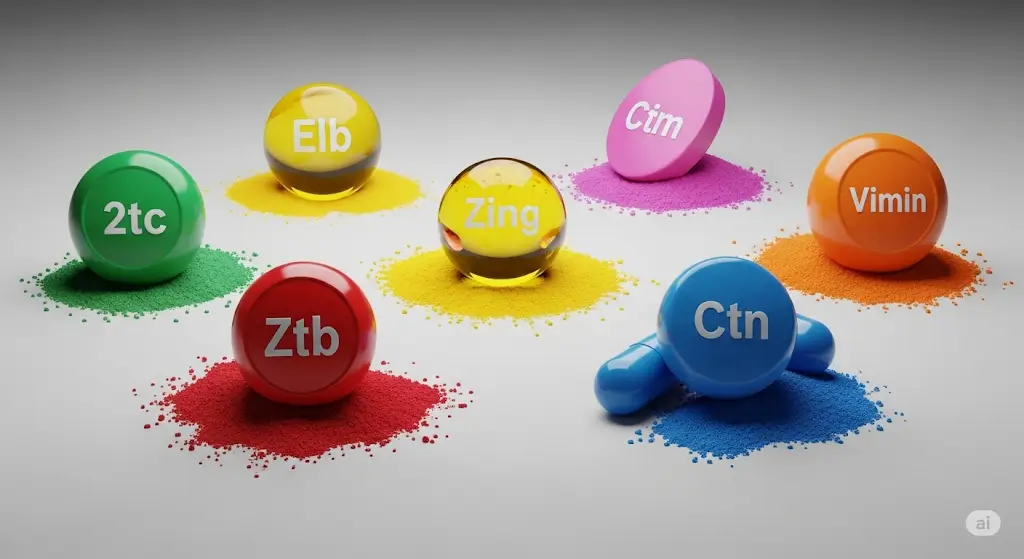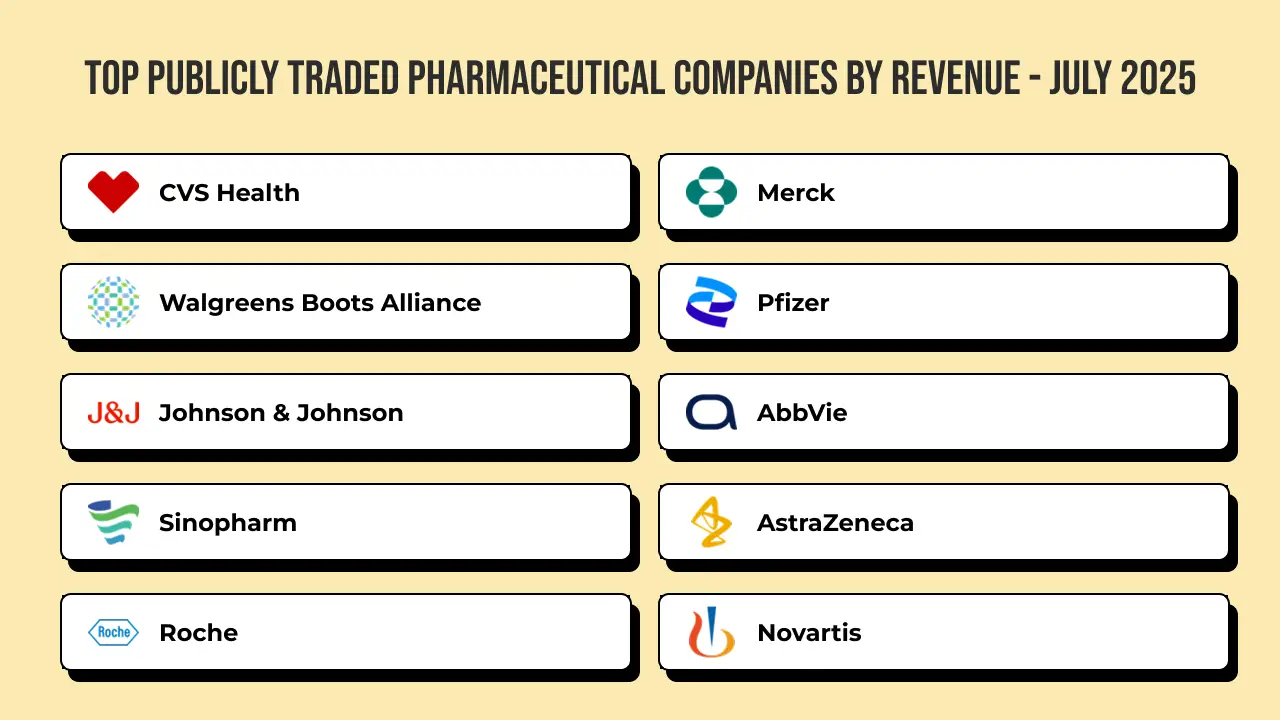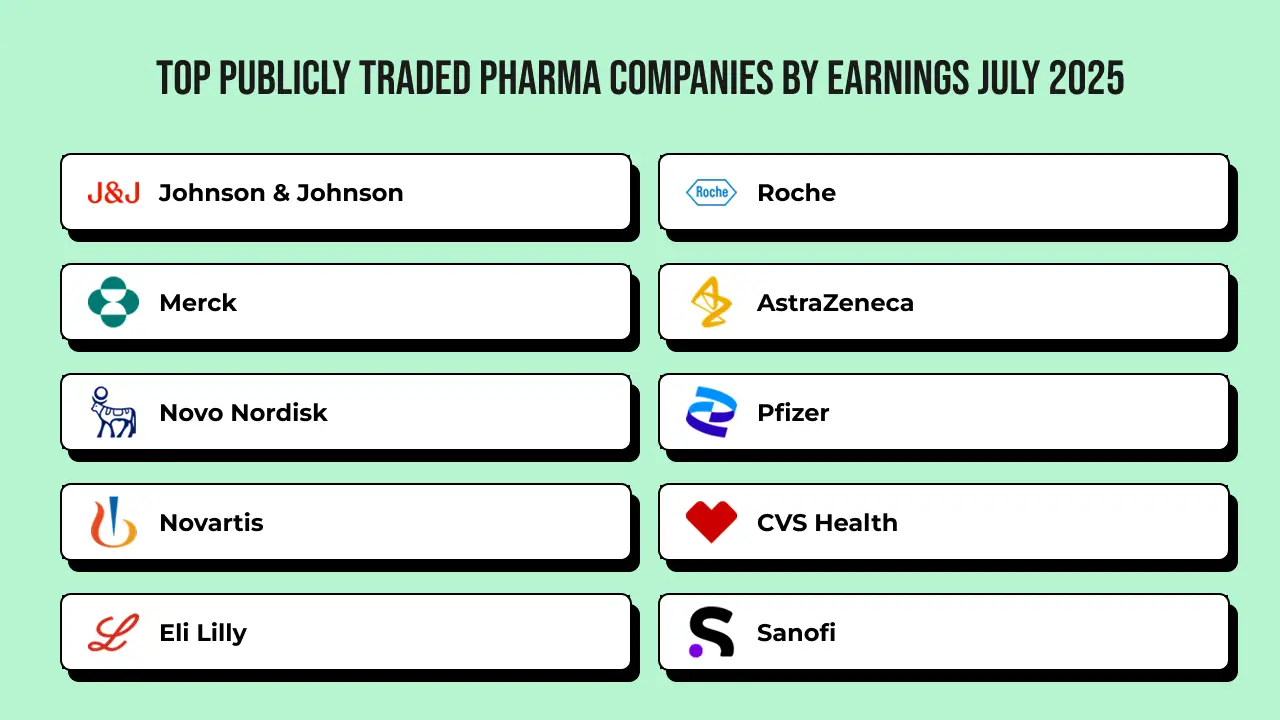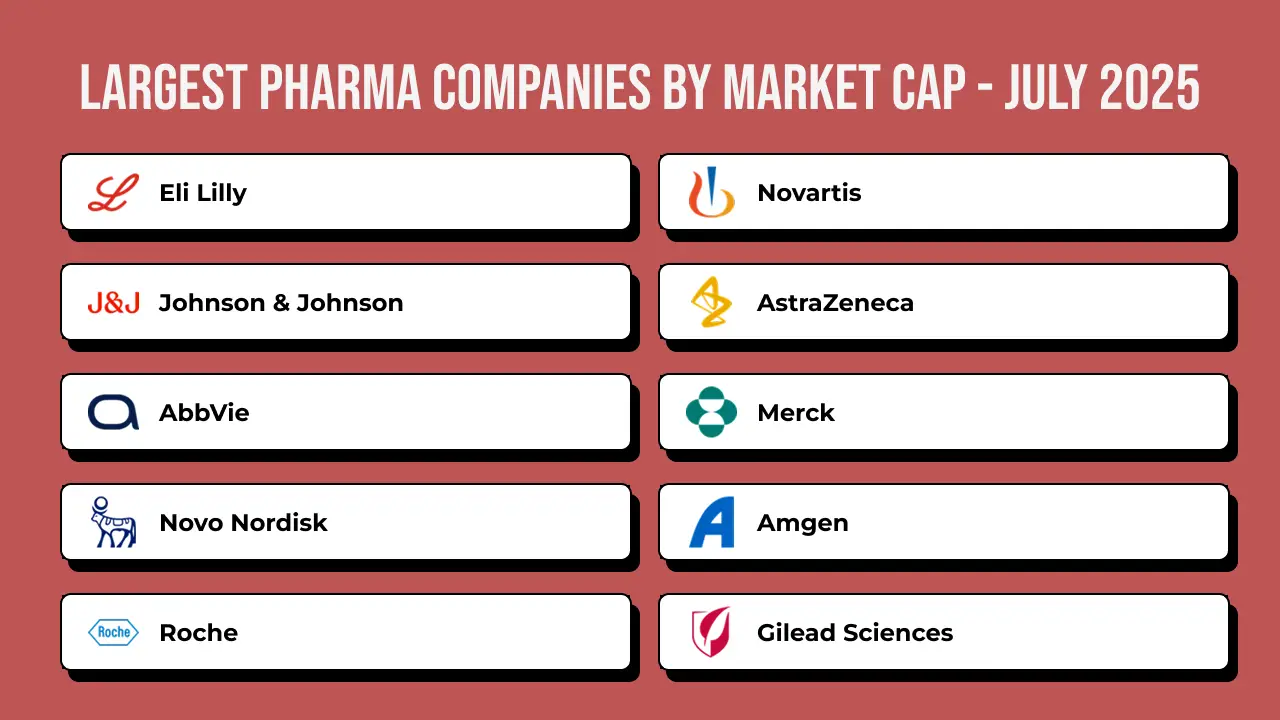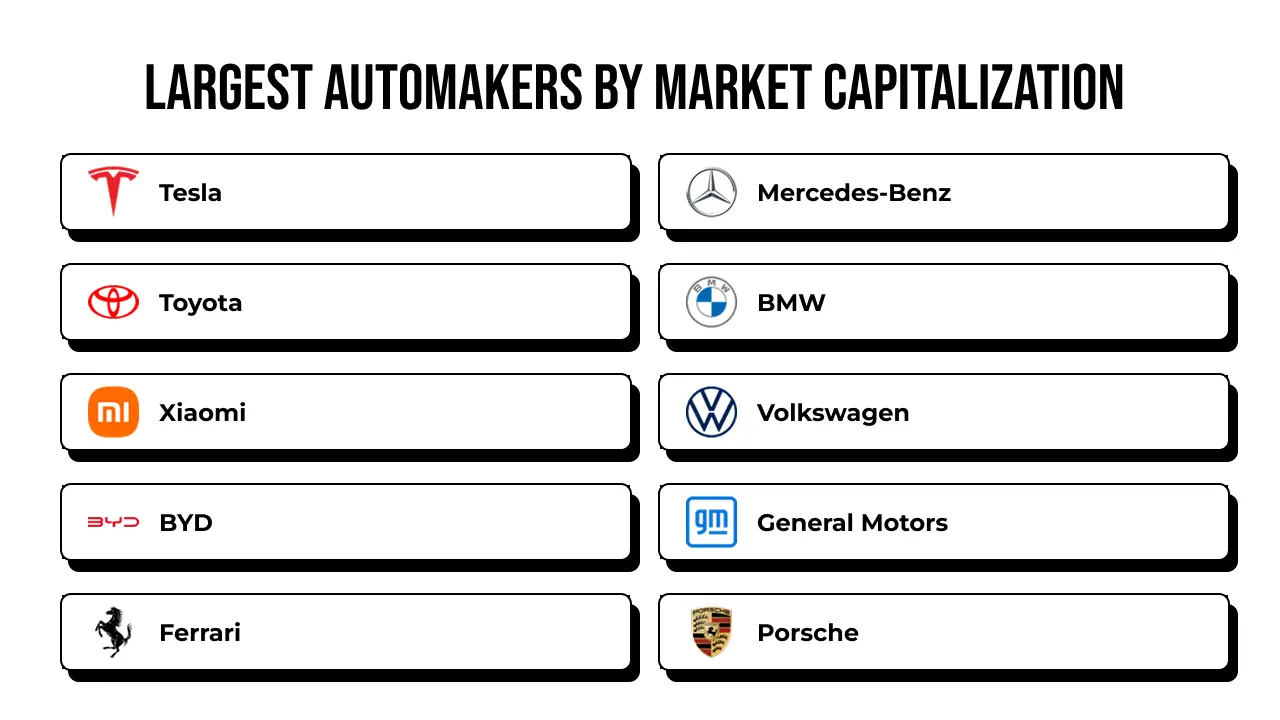I’ve been diving into the fascinating world of the vitamin ingredients market, and it’s clear this industry is thriving. As of 2024, the global market is valued at approximately USD 6.2 billion, with projections estimating it will reach USD 8.5 billion by 2030, growing at a compound annual growth rate (CAGR) of around 5.4%. This growth is fueled by rising consumer awareness of health and wellness, increasing demand for dietary supplements, and the integration of vitamins into functional foods and beverages. The surge in preventive healthcare, particularly post-pandemic, has pushed people like me to prioritize nutrition, driving demand for vitamin-fortified products. Additionally, the aging global population and growing focus on immunity-boosting nutrients are significant contributors to this market’s expansion. Economic factors, such as rising disposable incomes in developing regions, also play a role, as consumers are more willing to invest in health-enhancing products.
Exploring the market’s segments, I found that the vitamin ingredients market is divided into types like Vitamin A, Vitamin B, Vitamin C, Vitamin D, and others, with applications spanning dietary supplements, food and beverages, pharmaceuticals, and cosmetics. Among these, Vitamin C holds the highest share, accounting for over 25% of the market in 2024. Its dominance comes from its widespread use in immunity-boosting supplements and fortified foods, especially as consumers like me seek antioxidants to combat oxidative stress. Vitamin D is also gaining traction due to its role in bone health and immune support, particularly in regions with limited sunlight exposure. The dietary supplements segment leads in application, driven by the rising trend of personalized nutrition and the convenience of multivitamin products. This segment’s growth reflects how I, and many others, turn to supplements to fill nutritional gaps in busy lifestyles.
When it comes to the companies shaping this market, I noticed a mix of global giants and specialized players. Leading the pack are DSM, BASF, and Lonza, which collectively hold a significant market share due to their extensive product portfolios and strong distribution networks. DSM, for instance, is renowned for its high-quality vitamin ingredients used in both human and animal nutrition. Other notable players include Archer Daniels Midland (ADM) and Bluestar Adisseo, which focus on innovation and sustainability in vitamin production. These companies invest heavily in research and development to meet the evolving demands of health-conscious consumers like me. Their ability to offer clean-label, plant-based, and non-GMO vitamin ingredients gives them a competitive edge in this dynamic market.
Geographically, I observed that North America dominates the vitamin ingredients market, contributing over 35% of global revenue in 2024. The United States, in particular, drives this dominance due to high consumer awareness and a robust dietary supplement industry. Asia-Pacific follows closely, with countries like China and India showing rapid growth due to increasing urbanization and rising health consciousness. Europe also holds a significant share, with Germany and the United Kingdom leading due to their advanced food and pharmaceutical industries. Emerging markets in Latin America and Africa are starting to gain traction as disposable incomes rise and awareness of nutritional deficiencies grows.
Looking at the latest innovations, I’m excited about the trends shaping the vitamin ingredients market. One standout is the rise of plant-based and vegan vitamin ingredients, like Vitamin D3 derived from lichen, catering to the growing vegan population. Another trend is the development of microencapsulated vitamins, which improve stability and bioavailability in functional foods. Personalized nutrition is also taking off, with companies using AI to tailor vitamin formulations to individual needs. Additionally, I’ve noticed a shift toward sustainable sourcing, with brands like DSM emphasizing eco-friendly production methods. These innovations reflect the market’s response to my generation’s demand for transparency, sustainability, and efficacy in health products, ensuring the vitamin ingredients market remains vibrant and forward-thinking.

